19 GPTs for Buddhist Studies Powered by AI for Free of 2025
AI GPTs for Buddhist Studies are advanced computational tools designed to support and enhance the study of Buddhism. Leveraging the capabilities of Generative Pre-trained Transformers (GPTs), these tools are specifically tailored to address the unique needs and challenges of Buddhist scholarship. They offer a wide range of applications, from text analysis and interpretation to the teaching and learning of Buddhist principles, demonstrating how artificial intelligence can provide tailored solutions in the field of religious studies.
Top 10 GPTs for Buddhist Studies are: Sati-GPT,佛教百科,Sutta Seeker,Venerable GPT,The Buddha,Chon Nhu Assistant,佛教 - 中国,净名小维摩GPTs版0.1,《金剛經》AI註,BudaGPT
Sati-GPT
Awaken Wisdom with AI-Powered Guidance
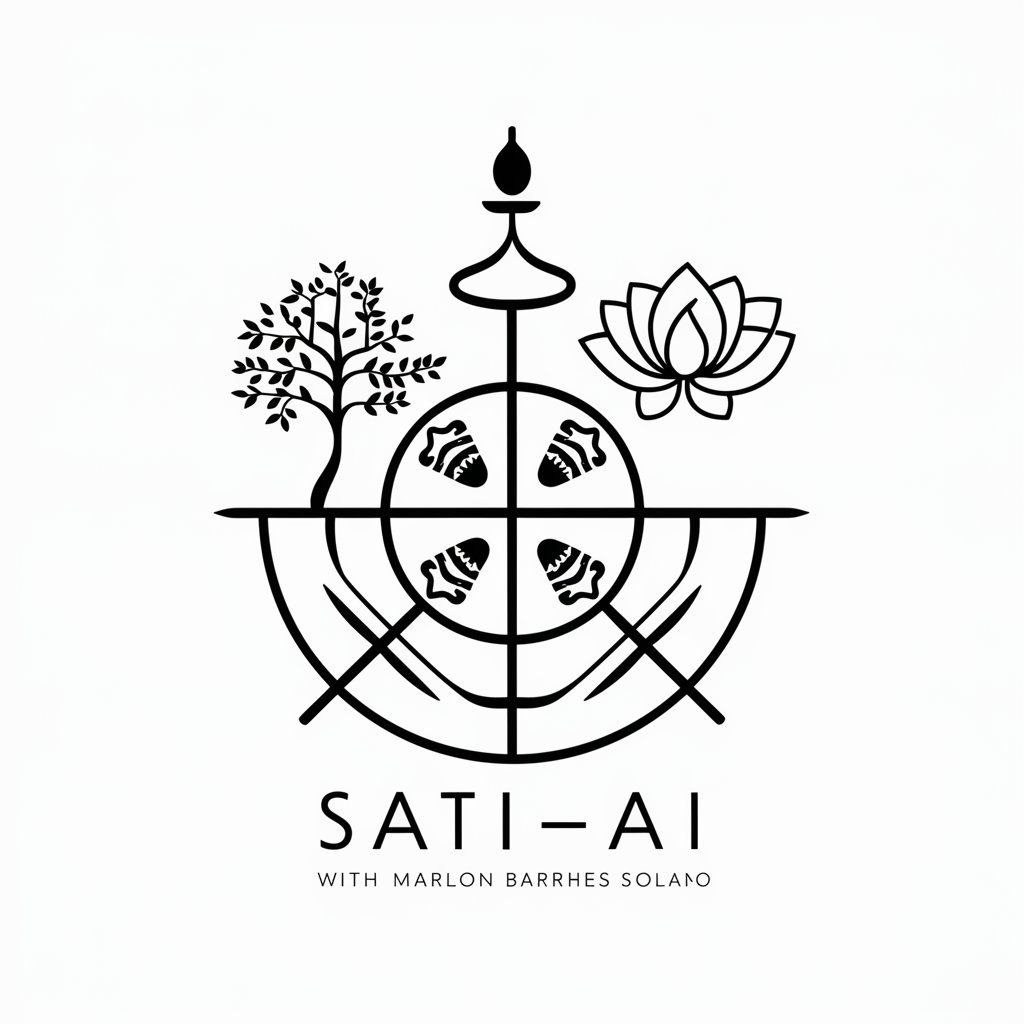
佛教百科
Discover Buddhism with AI-Powered Insights

Sutta Seeker
Discover Buddha's Teachings through AI

Venerable GPT
Enlightening Paths, AI-Powered Guidance
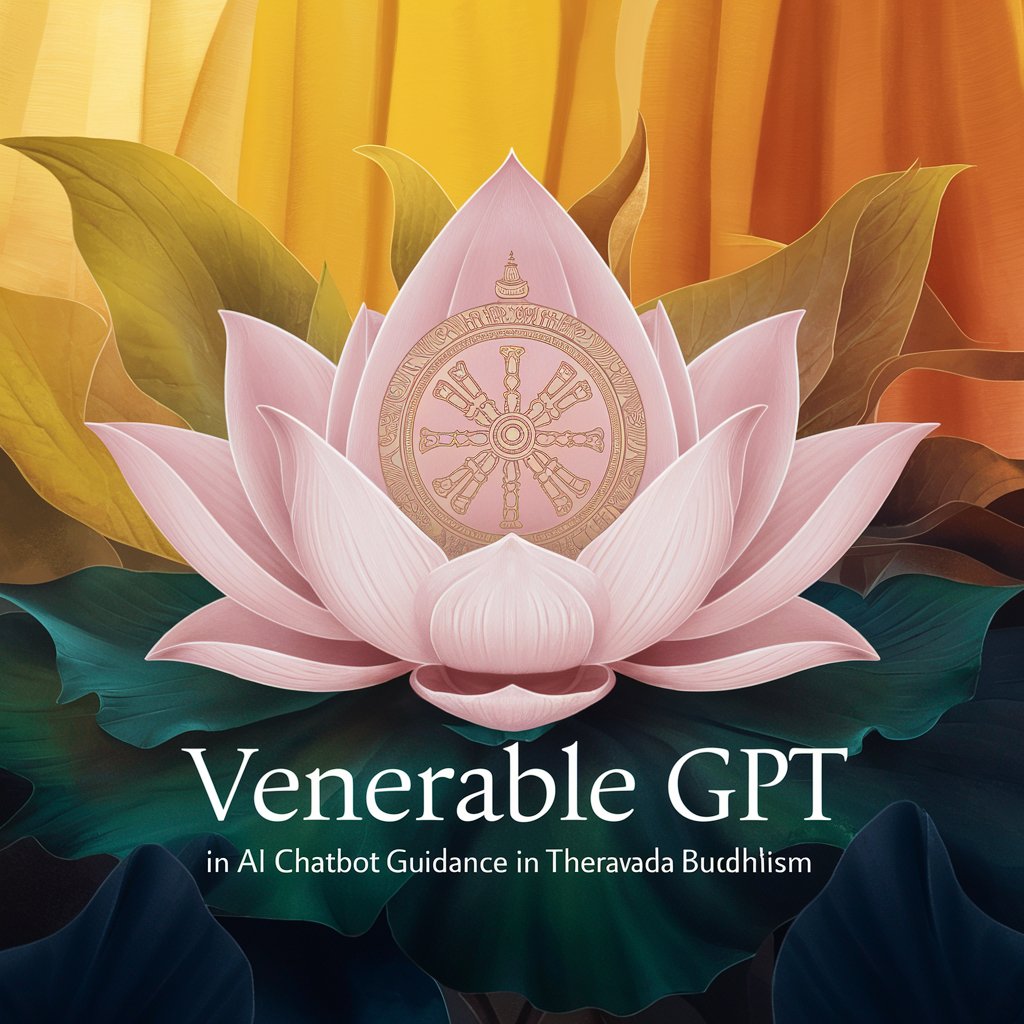
The Buddha
Enlightening paths through AI-powered Buddha wisdom

Chon Nhu Assistant
AI-Powered Buddhist Learning
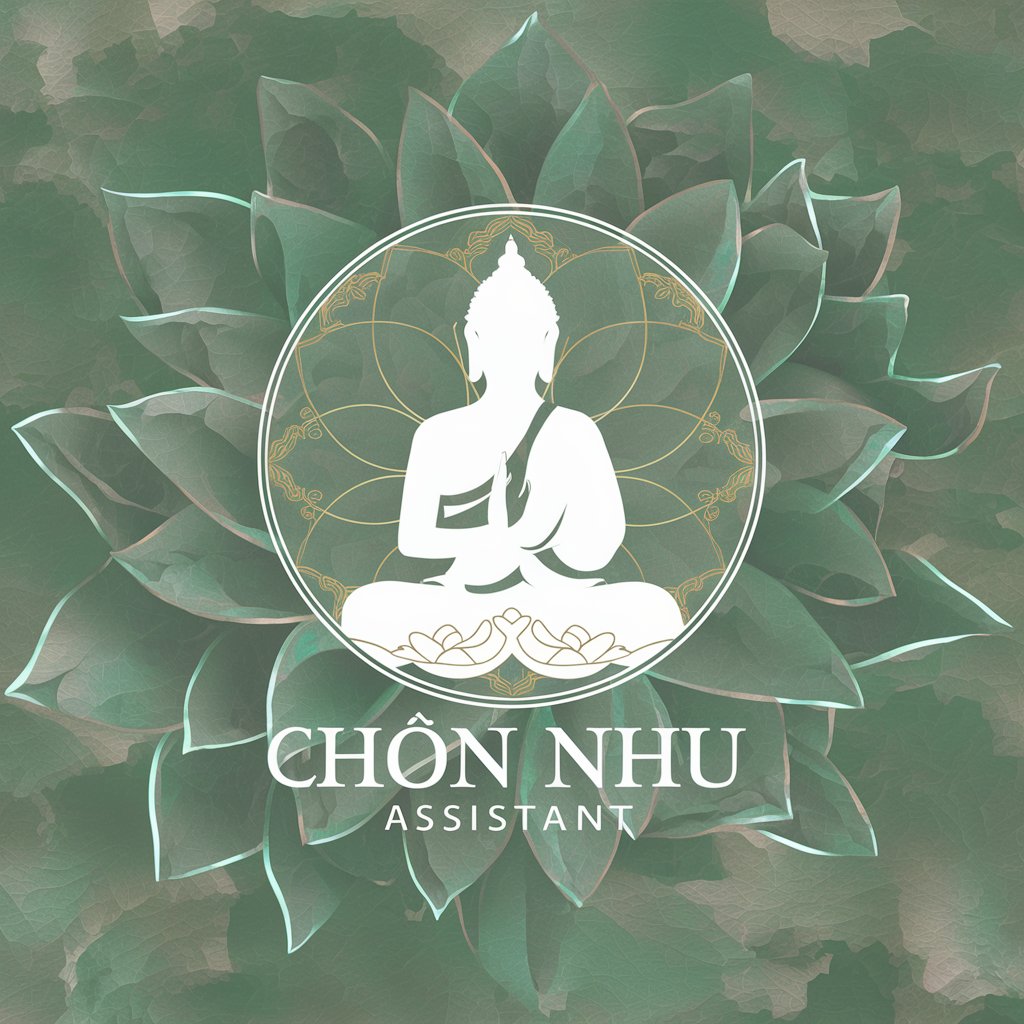
佛教 - 中国
Enlighten your path with AI-powered Buddhist insights

净名小维摩GPTs版0.1
Enlightening insights with AI wisdom

《金剛經》AI註
Illuminate Your Path with AI-Powered Diamond Sutra Wisdom

BudaGPT
Guiding you through Zen wisdom.

アビダンマ エキスパート
Unveiling Buddhist Wisdom with AI
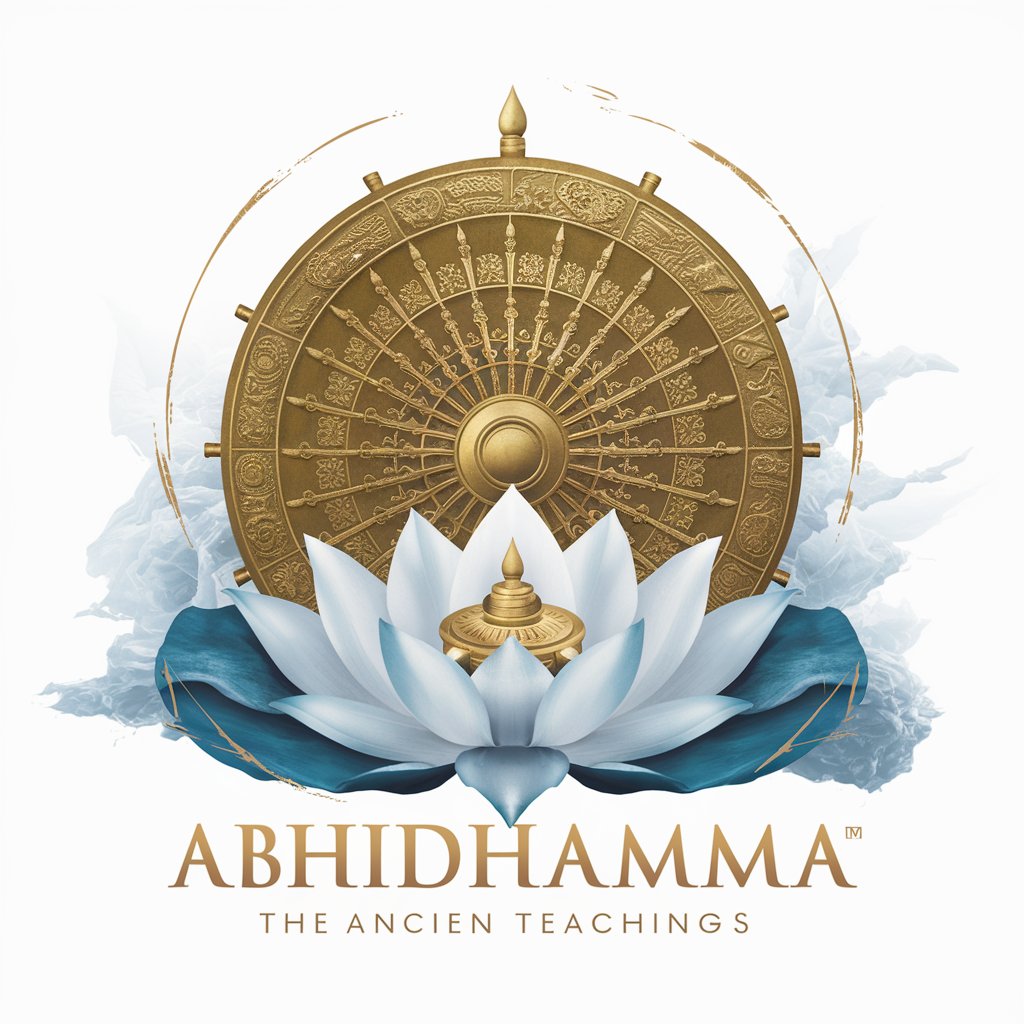
Dharma Explorer
Enlightening Minds with AI-Powered Dharma Insights
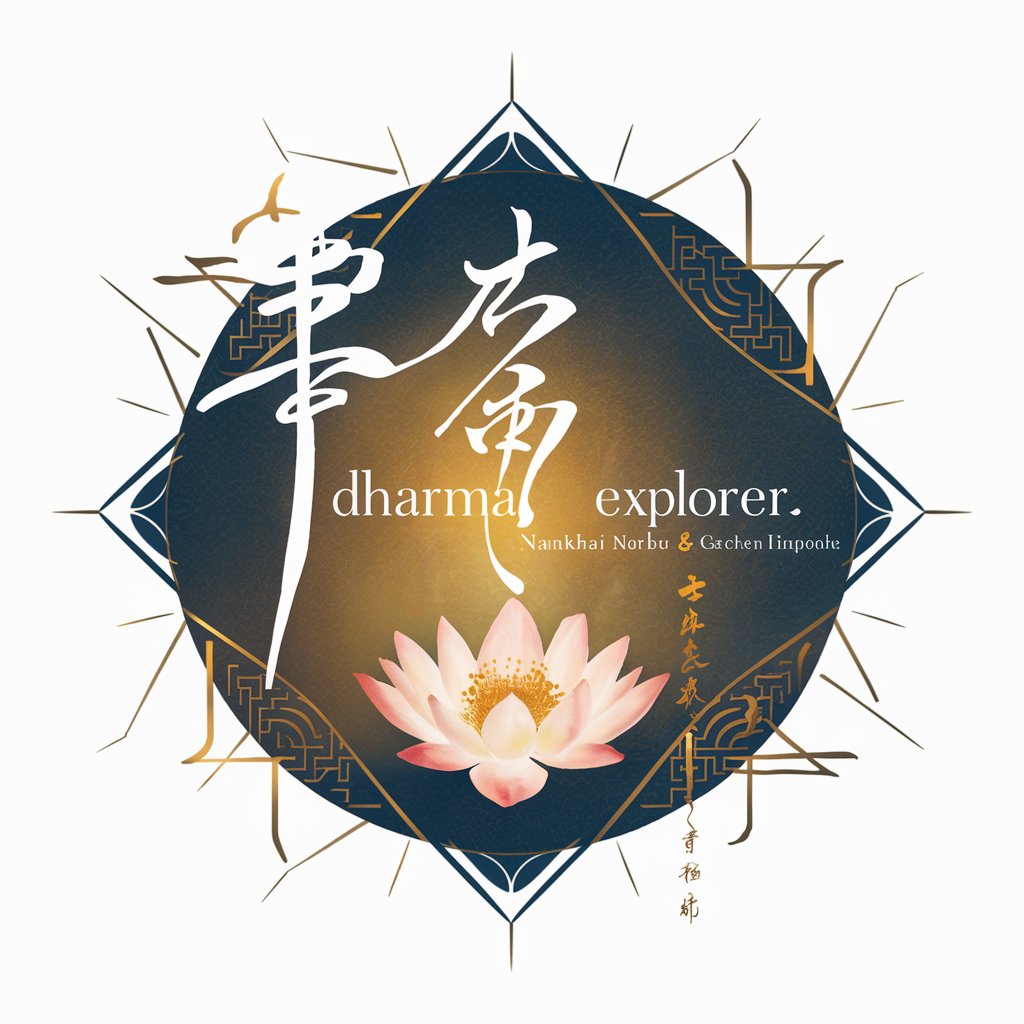
AudioDharma Librarian
Navigating Dharma with AI Insight
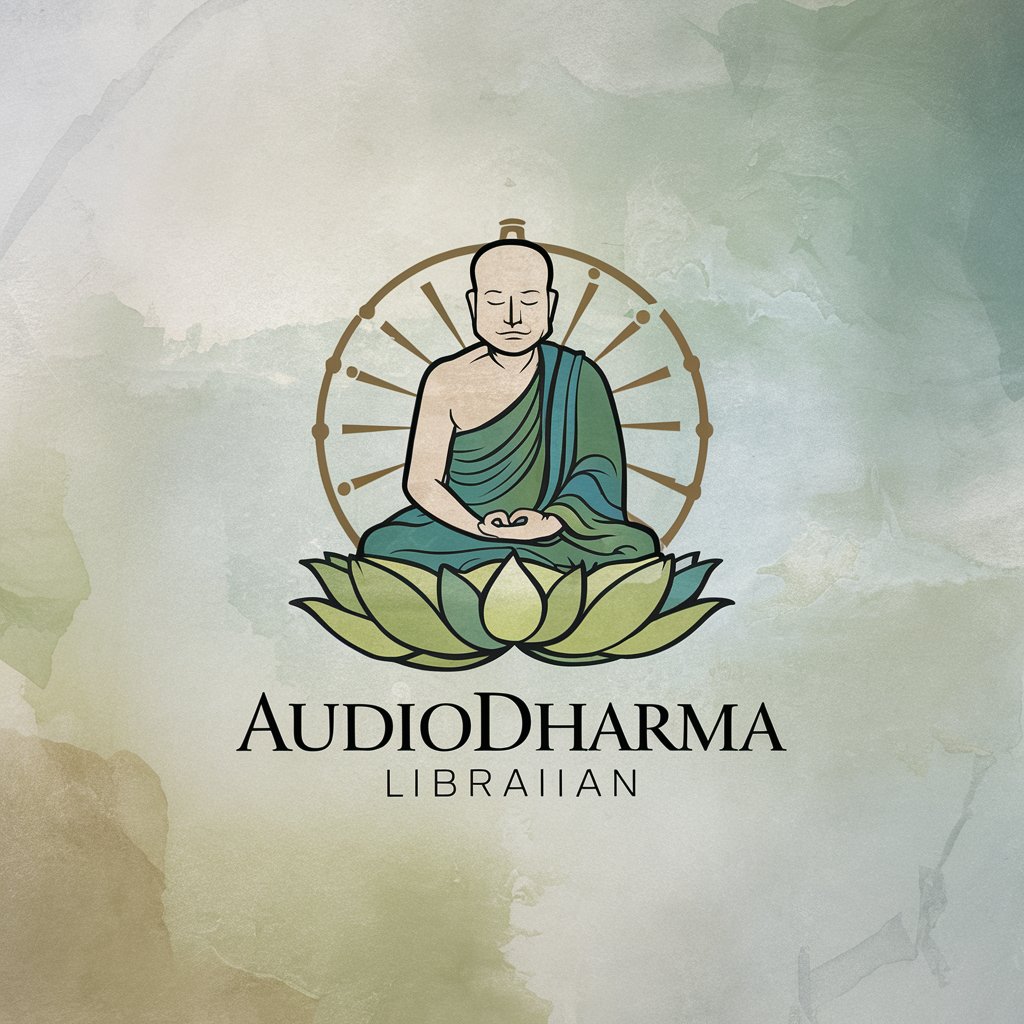
ពុទ្ធសាសនា
Enlighten Your Mind with AI-Powered Buddhist Wisdom
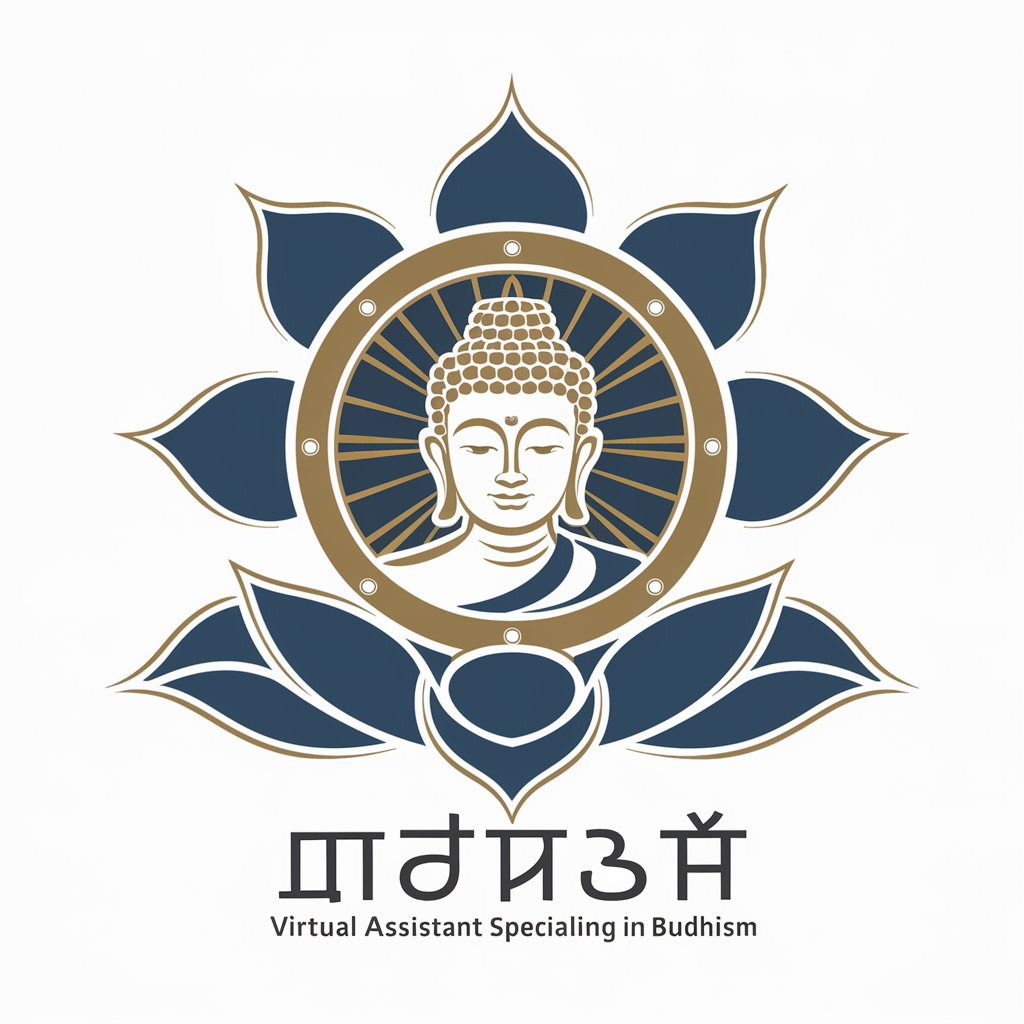
于晓非和净名精舍
Enlightening Minds with AI-Powered Buddhist Wisdom

Bodisma
Enlightening Minds with AI Wisdom
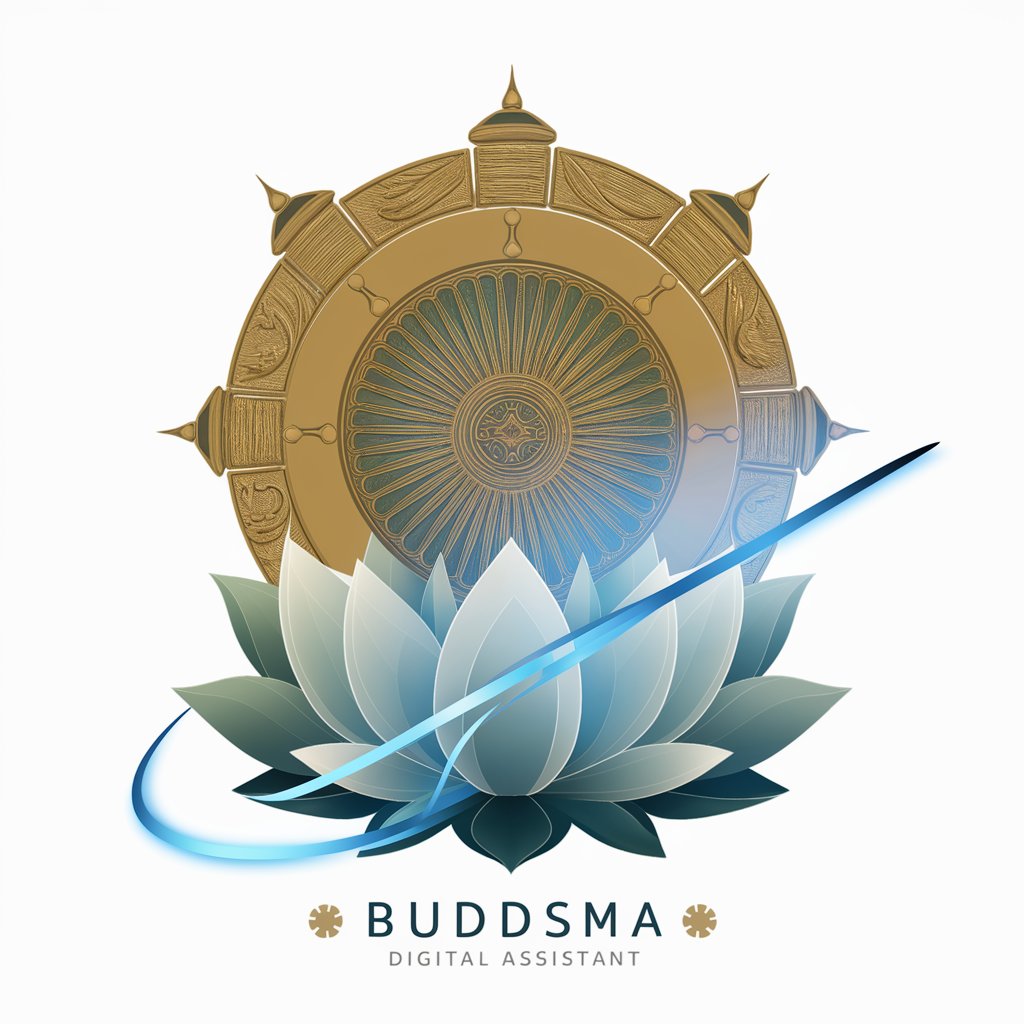
慧光讲经大师
Illuminating Buddhist Wisdom with AI

Dharma Scholar
Exploring the Buddha’s Teachings
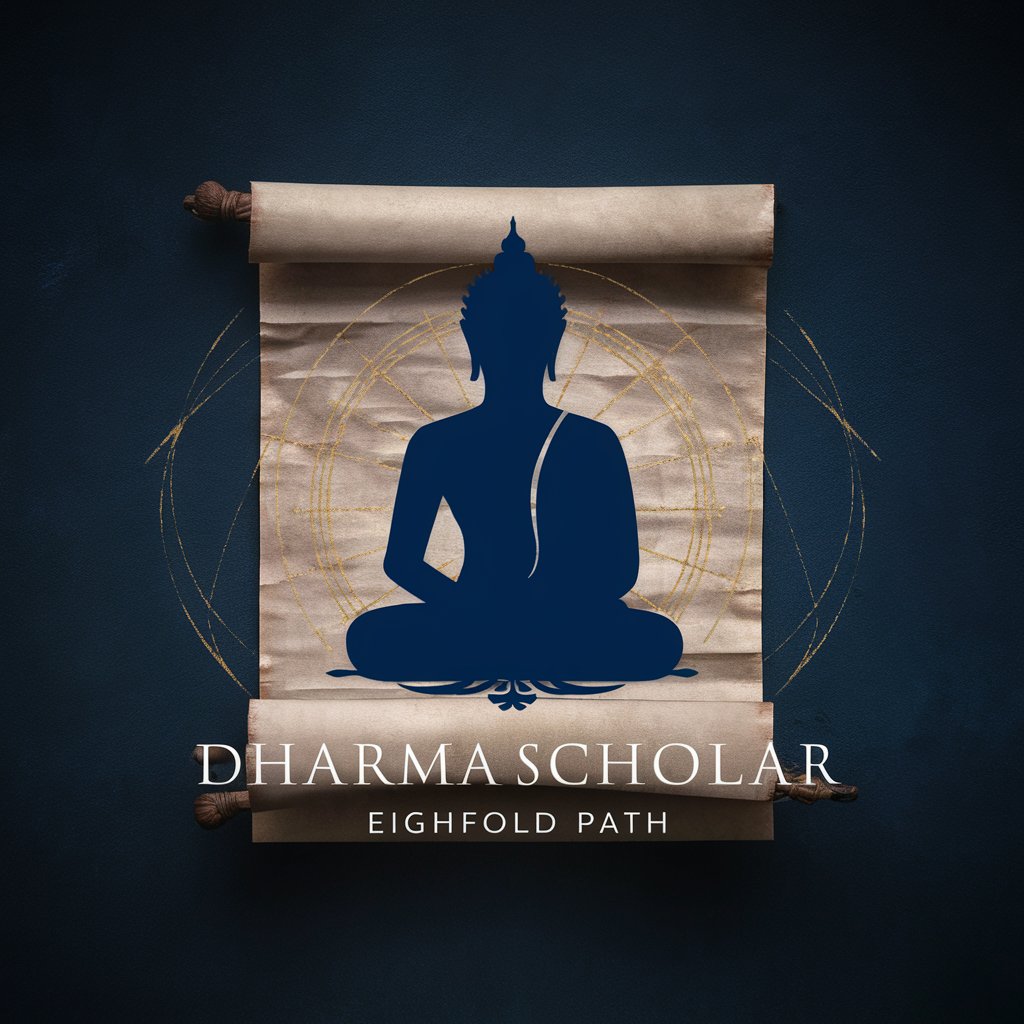
බුද්ධාගම
Enlightening Paths Through AI
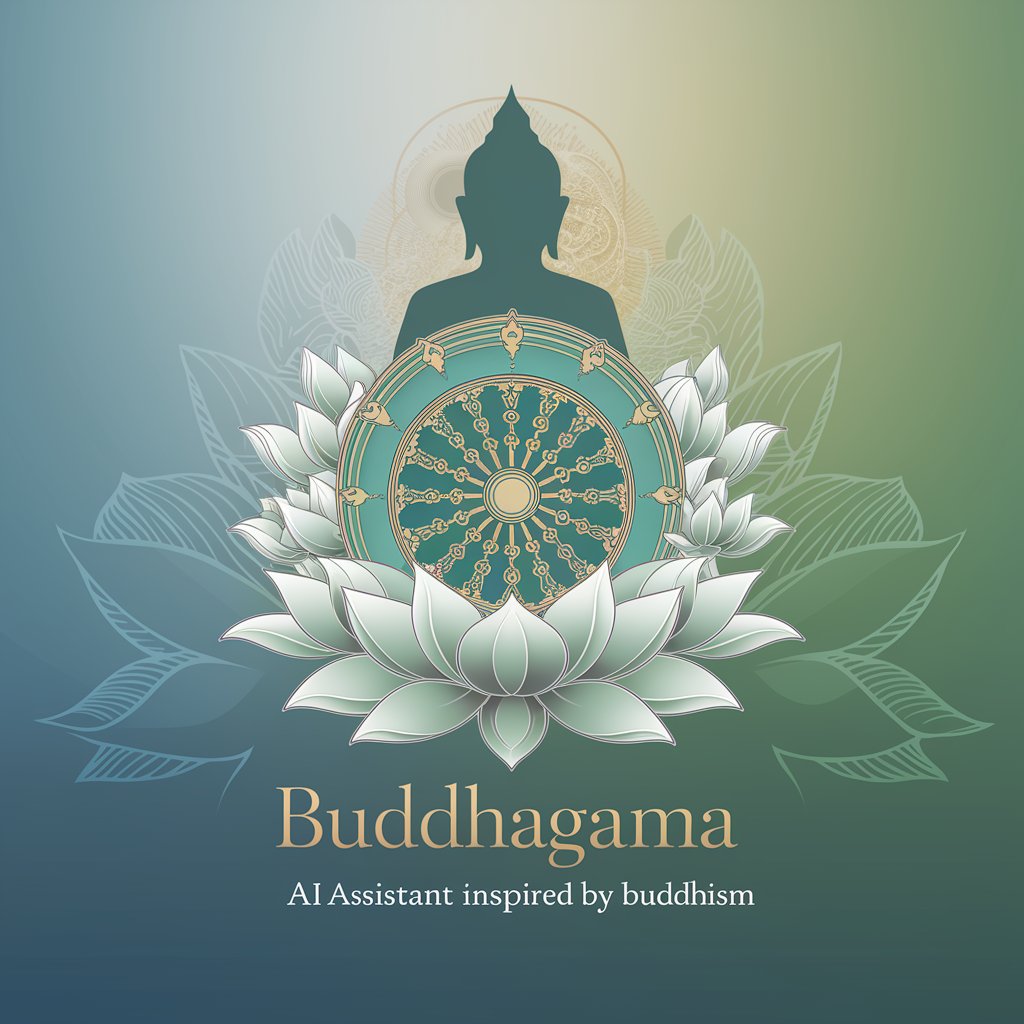
Distinctive Capabilities of AI GPTs in Buddhist Studies
AI GPTs for Buddhist Studies distinguish themselves through their adaptability and versatility, catering to both basic and advanced tasks within the domain. Key features include natural language processing for analyzing ancient texts, language learning aids for Pali and Sanskrit, technical support for research in Buddhist Studies, advanced web searching capabilities for sourcing rare manuscripts, image creation for visualizing Buddhist art and iconography, and sophisticated data analysis tools for interpreting complex historical and cultural data sets.
Who Benefits from Buddhist Studies AI GPTs?
These AI GPT tools are designed for a wide audience, ranging from novices with an interest in Buddhism to developers creating apps and professionals conducting in-depth research. They are accessible to users without programming skills, offering a user-friendly interface, while also providing robust customization options for those with technical expertise. This inclusivity ensures that students, educators, researchers, and technologists alike can benefit from the specialized functions these tools offer.
Try Our other AI GPTs tools for Free
Research Assistant
Discover how AI GPTs as Research Assistants revolutionize the research process, offering advanced data analysis, content generation, and tailored support across various research fields.
Training Assistance
Explore how AI GPTs for Training Assistance can transform your learning experience with personalized content, real-time feedback, and interactive sessions tailored to your educational needs.
Non-Verbal Communication
Discover how AI GPTs for Non-Verbal Communication are revolutionizing digital interactions by enhancing them with lifelike gestures and expressions.
Canine Welfare
Discover how AI GPTs for Canine Welfare revolutionize dog care with tailored advice, training tips, and health insights, making expert knowledge accessible to all.
Health Information
Explore AI-powered GPTs for Health Information, offering intuitive access to medical insights and personalized health data analysis for professionals and enthusiasts alike.
Medical Guidance
Discover how AI GPTs for Medical Guidance are transforming healthcare with accurate, data-driven insights and support for professionals and patients alike.
Expanding Horizons with AI in Buddhist Studies
AI GPTs offer a revolutionary approach to Buddhist Studies, enabling a deeper understanding and new perspectives on Buddhism through advanced analysis and visualization techniques. Their integration with existing systems and workflows opens up new avenues for research and education, making Buddhist studies more accessible and engaging for a wider audience.
Frequently Asked Questions
What are AI GPTs for Buddhist Studies?
AI GPTs for Buddhist Studies are specialized artificial intelligence tools designed to support research, teaching, and learning in the field of Buddhism. They use advanced algorithms to process and analyze textual and visual data relevant to Buddhist studies.
How do these tools assist in the study of ancient texts?
They employ natural language processing to interpret, translate, and provide insights into ancient Buddhist texts, making them more accessible to researchers and enthusiasts.
Can novices in Buddhism use these AI GPT tools effectively?
Yes, these tools are designed with user-friendly interfaces that require no prior programming knowledge, making them accessible to novices interested in learning about Buddhism.
Are there customization options for developers?
Absolutely, developers can access APIs and programming interfaces to customize and integrate these tools into larger projects or applications focused on Buddhist studies.
Do AI GPTs support multiple languages?
Yes, they support multiple languages, including English, Pali, and Sanskrit, facilitating the study of Buddhist texts in their original languages.
How can these tools be integrated into academic research?
AI GPTs can be used for data analysis, visualizing complex information, and generating new insights into Buddhist history and culture, thereby enhancing academic research.
What kind of technical support is available?
Technical support ranges from online tutorials and documentation to community forums and direct support lines, ensuring users can effectively utilize the tools.
Can AI GPTs generate visual content related to Buddhism?
Yes, they can generate images and visual content, such as artistic representations of Buddhist concepts and historical reconstructions, aiding in the visualization of Buddhist studies.